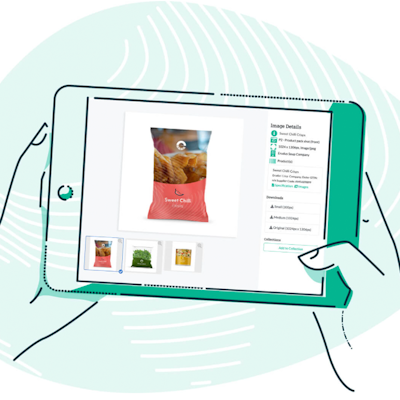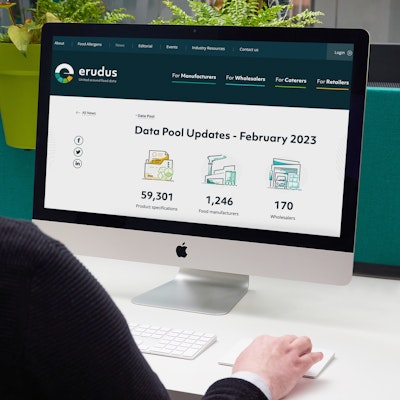Food Safety Cheat Sheet: Chilling Foods Guidance
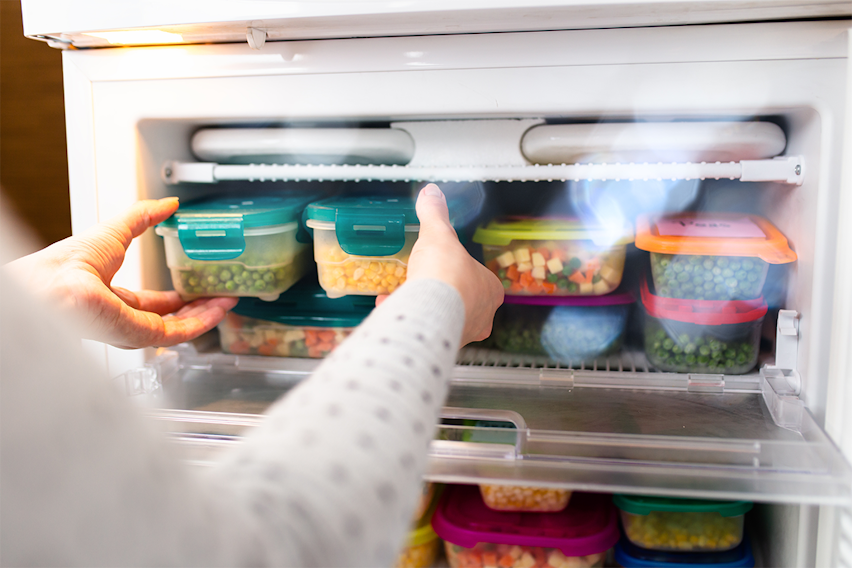
Chilling and freezing can be a foodservice business’s best friend when it comes to being well prepared and cost-effective. These processes help you to run smoothly, keep cost-margins healthy and generally make life easier for those in the kitchen and beyond.
But there are correct and incorrect ways to freeze, defrost and chill foods safely, and with safety being of the utmost importance it’s crucial that those in the industry know best practices and stick to them.
That’s why we’ve put together this cheat sheet to help you master the most important points to remember...
Why is it important to chill and defrost your food properly?
Put simply, it’s important to chill and defrost food properly to ensure the food is safe to eat. Some foods need to be refrigerated to ensure that bacteria such as listeria is not able to grow, because generally low temperatures slow down bacterial growth.
All and any foods with a “use by” date should be stored in the fridge or freezer. When preparing food that has been refrigerated, take the food out at the last possible moment before starting to cook - unless you are working with meat that needs to be brought to room temperature.
Be quick
Keep food out of the fridge for the bare minimum time before cooking.
Use by dates are law
Be strict about use-by dates - these are very important and different to best before dates. You can learn everything you need to know about use by and best before dates here on our article on Shelf Life.
Mind your dates
Whilst you can safely use food past its use by date if it has been frozen, it must be frozen on or before its initial use by date for this to apply.
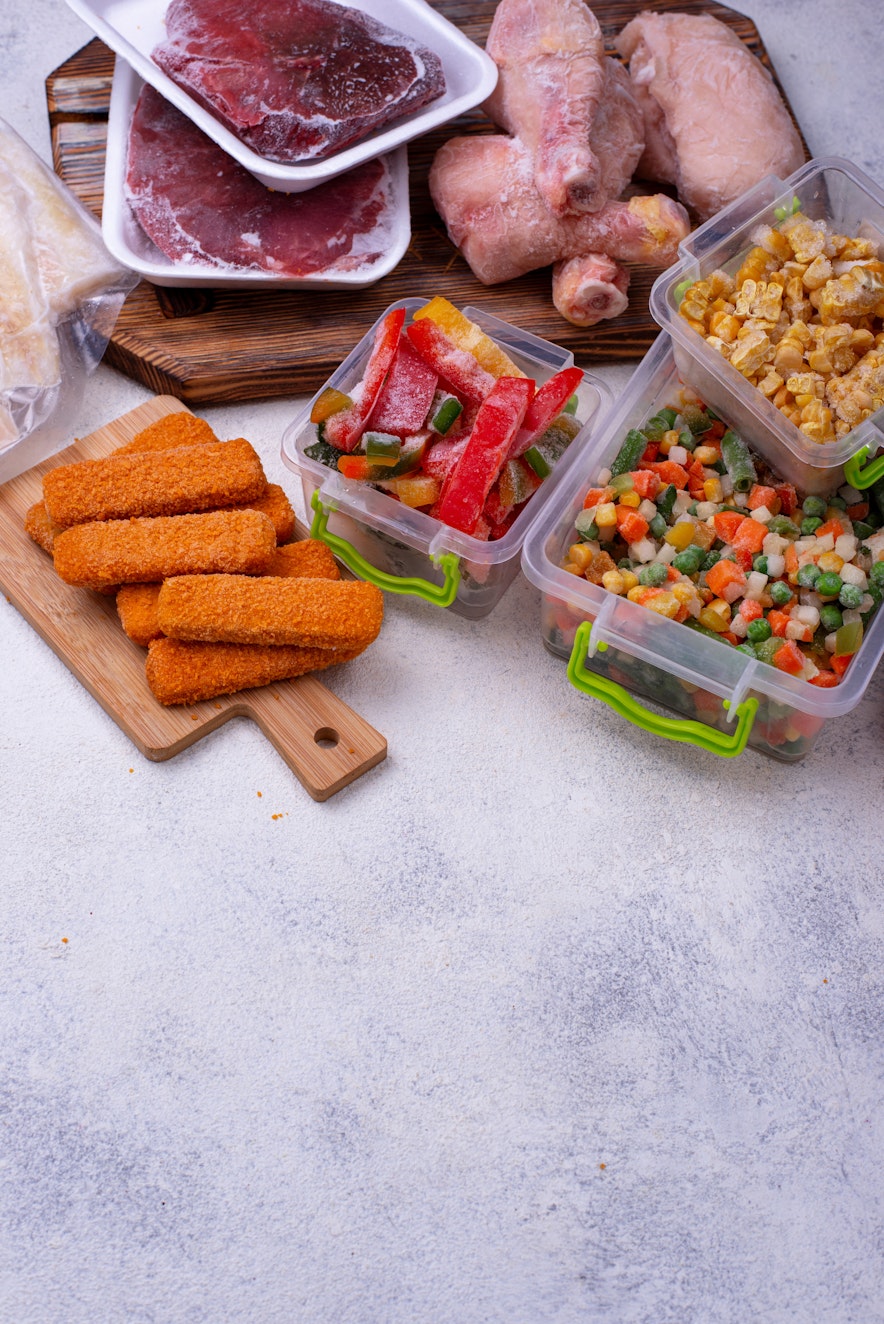
Invest in a thermometer
Keep your fridge at 5 degrees celsius or colder. If possible, regularly check this with a fridge thermometer.
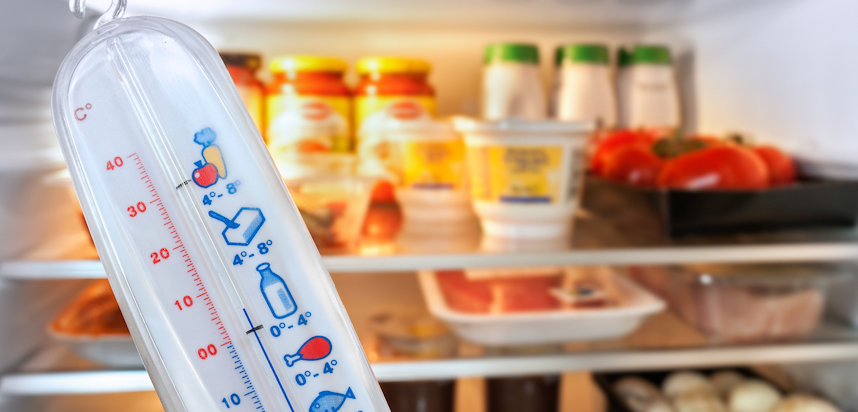
What foods need to be chilled?
The following food should be chilled to prevent the growth of harmful bacteria:
- Food with a use-by date
- Cooked dishes
- Other ready-to-eat food such as prepared salads and desserts
Be wary of over-filling the fridge
Do not put too much in your fridge, the food in the fridge needs space around it to maintain the set temperature and ensure sufficient ventilation.
Have a priority system
Pritoritse fridge space for products that need it - some foods that are frequently refrigerated don’t necessarily need to be kept chilled - such as beer and ketchup. Foods that can spoil, like meat, should always be given priority.
The pause effect
Freezers are great for food storage as they act like a pause button for use by dates. So long as a food product is frozen by the use by date on the label, and leftover foods are frozen as soon as possible, it won’t spoil and bacterial growth will be halted.
Don't freeze leftovers too soon
If you want to freeze leftover food, make sure it has cooled entirely before putting in the freezer.
Seal it up
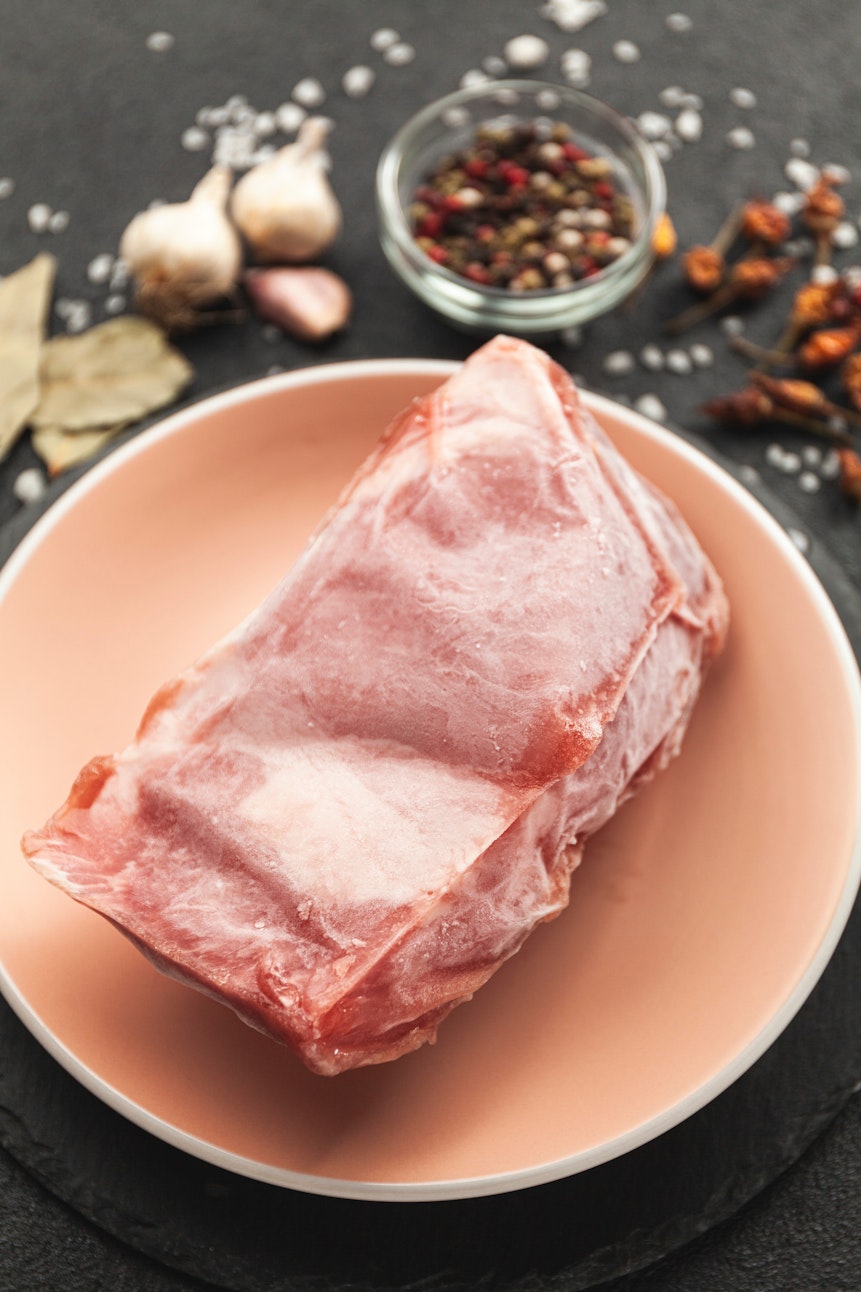
Any food that goes into the fridge or freezer should be in sealed wrapping, a sealed container or an air-tight freezer bag.
Don't overdo it
Leftovers can only be frozen and defrosted to reheat and eat once.
Check labels for guidance
Check back of pack instructions to make sure if a food is suitable for freezing. Most foods should be fine to be chilled.
The Danger Zone
The danger zone for most foods is temperatures above 8 degrees celsius and below 63 degrees celsius – this is the temperature range at which bacteria is most likely to grow. Your fridge should be 5°C or below, as some bacteria can grow at lower temperatures than 8 degrees celsius.
Get the temperature right
A freezer should be kept at -18 degrees celsius, in order to suitably delay bacterial growth.
Use the 24 hour rule
Once food has been defrosted, use within 24 hours.
Use the fridge for defrosting
Whilst a lot of food can be defrosted at room temperature, it’s best to defrost it in a fridge (out of the danger zone temperature of 4-60 degrees celsius), and take note of the food’s size and density when allotting time to defrost (a large piece of meat might take days to defrost).
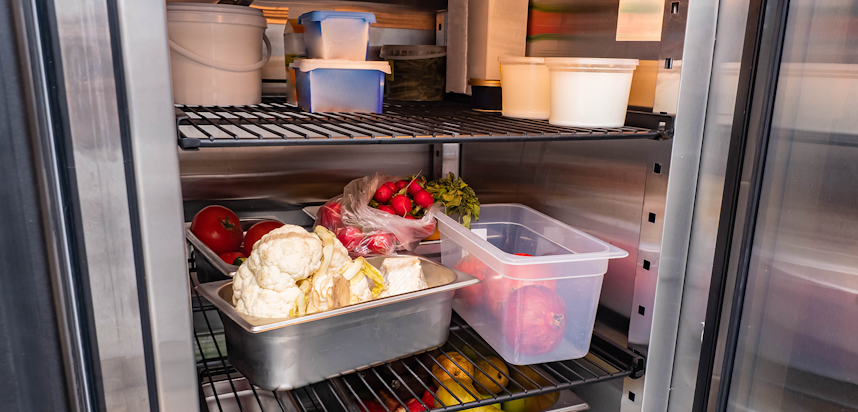
Defrost non-meat with water
Another way to defrost small - non-meat or poultry foods quickly is to place under cold running water.
Employ the defrost setting
If food cannot be defrosted in a fridge and is needed more quickly, you can use the defrost setting on the microwave.
Defrost food fully before using
Ensure that food is fully defrosted before cooking with it - partially defrosted food will not cook evenly. (The exception to this is food that as per its label should be cooked from frozen).
Don't delay
Put frozen food in the freezer as soon as it is delivered.
Some FSA guidance on bulk freezing food
“Freezing or refreezing of an ambient or chilled food product, including surplus food, is generally permitted. This is subject to the hygiene conditions set down in retained EU law Regulation (EC) 852/2004 and, if relevant, retained EU law Regulation (EC) 853/2004. Exceptions are described in the legislative requirements section.
If your business, trade body, or group of businesses has an existing Primary Authority partnership in place for food, you should consider seeking specific advice from them.If your business does not have a Primary Authority partnership for food, it may be necessary for you to discuss your specific situation with your local food authority and/or Official Veterinarian (OV) as appropriate.
This will have significant relevance in determining handling and further processing of the product, particularly where the intended use is being altered.
You should ensure food products comply fully with the legislative requirements for labelling and traceability having regard to the intended use of the food. These remain intrinsic to ensuring food safety and protecting consumers.”
You may also be interested in…
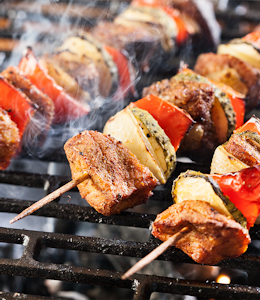
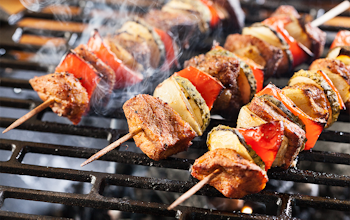
You may also be interested in…
Your Food Safety Cheat Sheet for Summer Dining
ReadYou may also be interested in…


You may also be interested in…
The importance of using Microbiological fields
ReadYou may also be interested in…
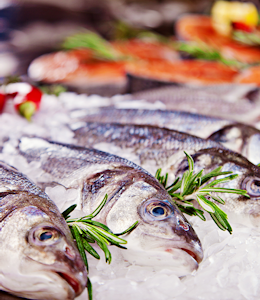
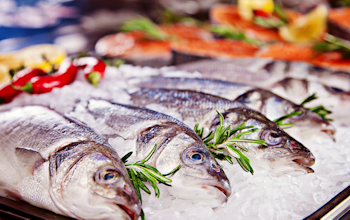
You may also be interested in…

